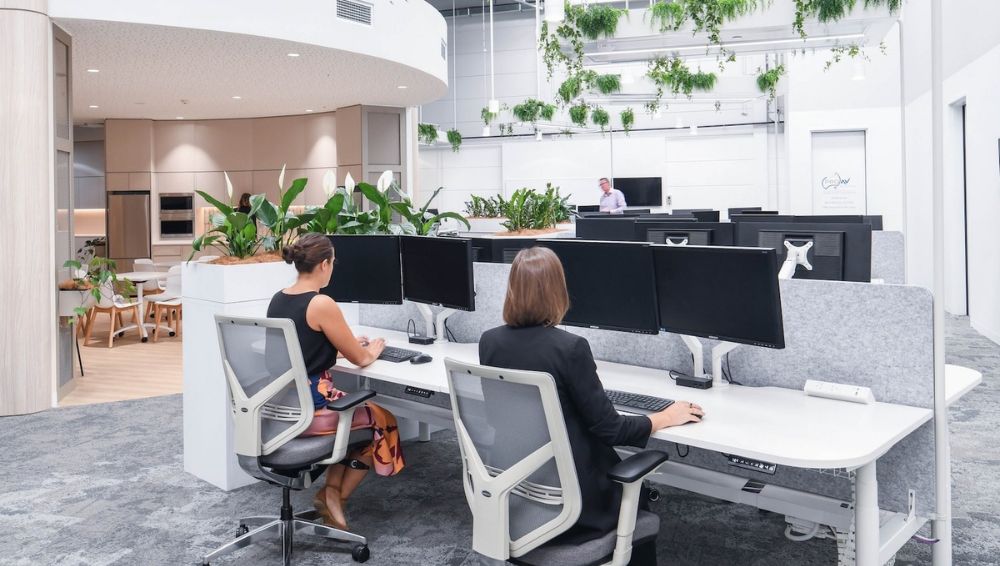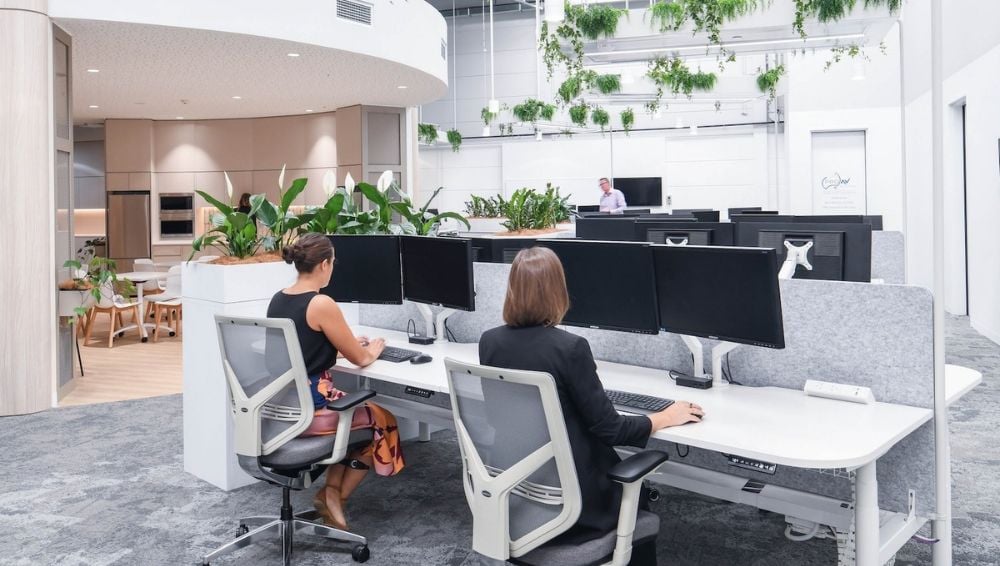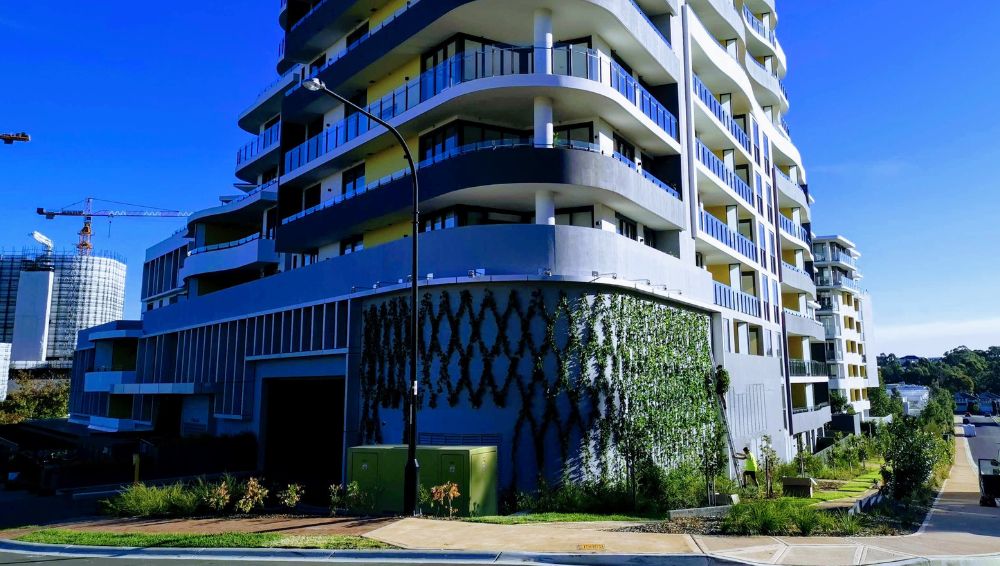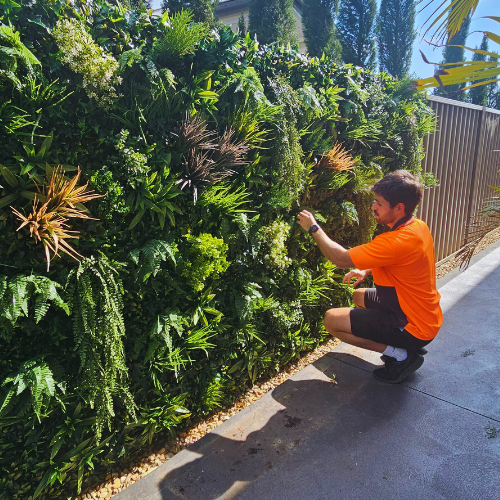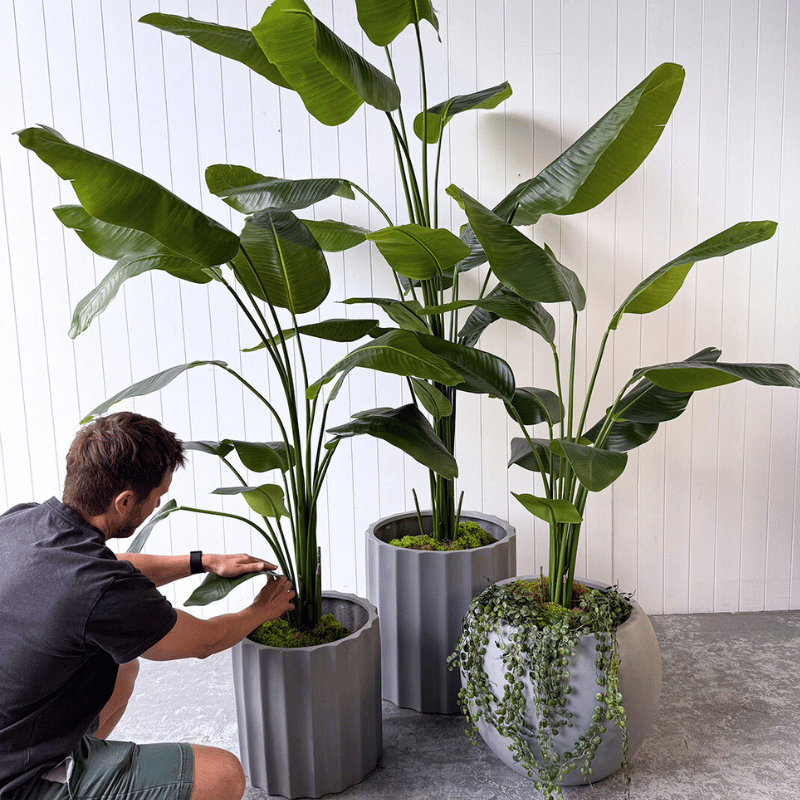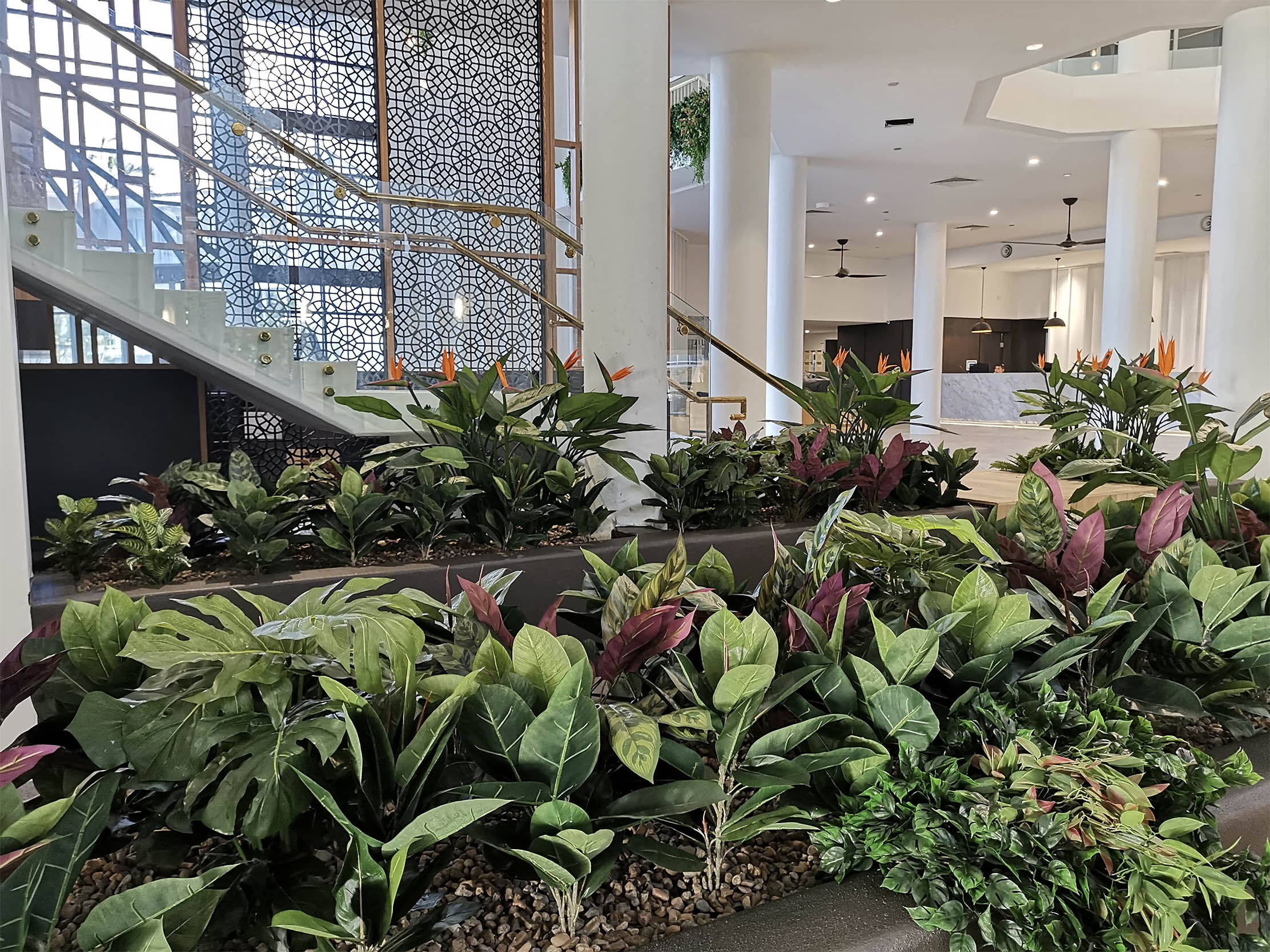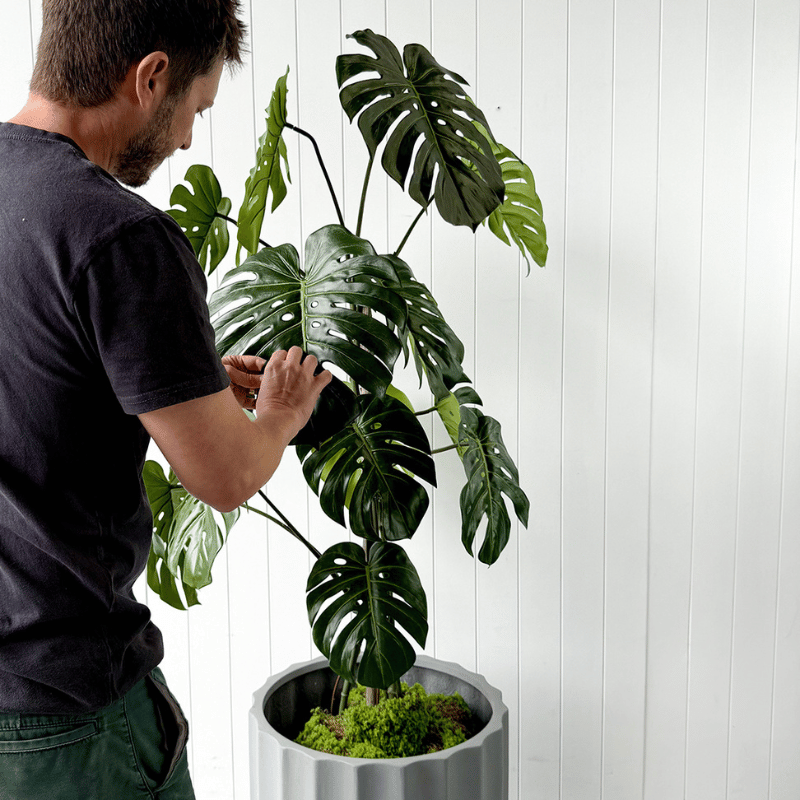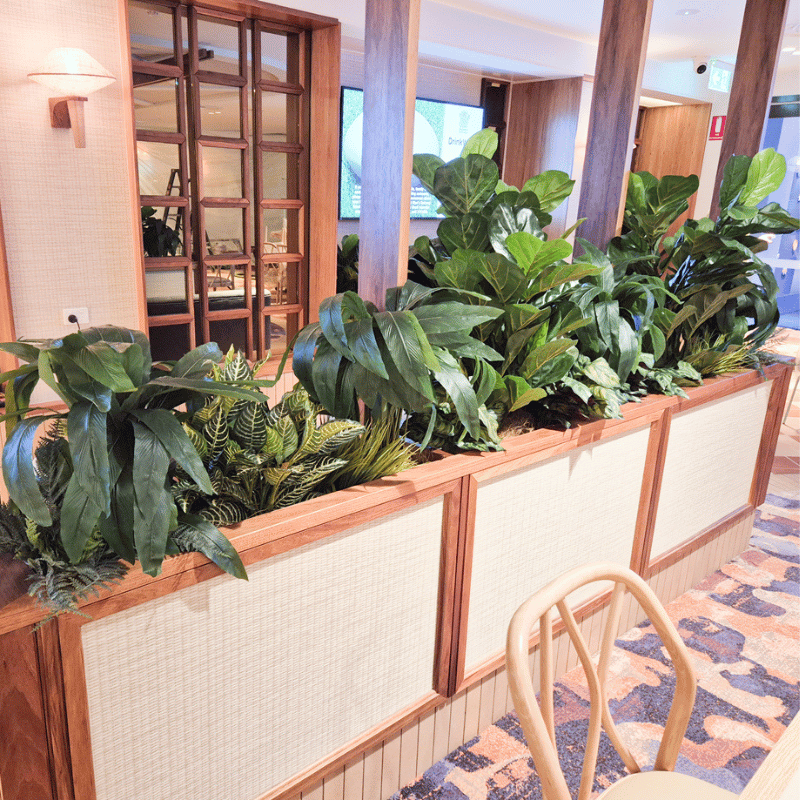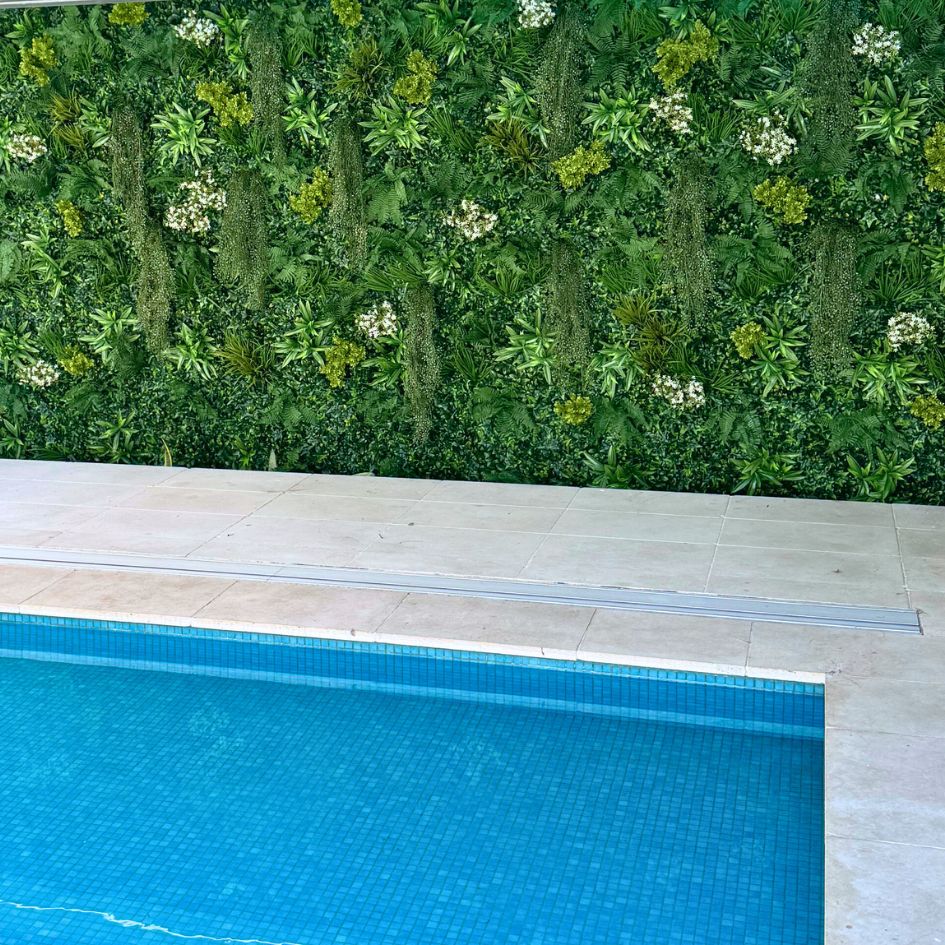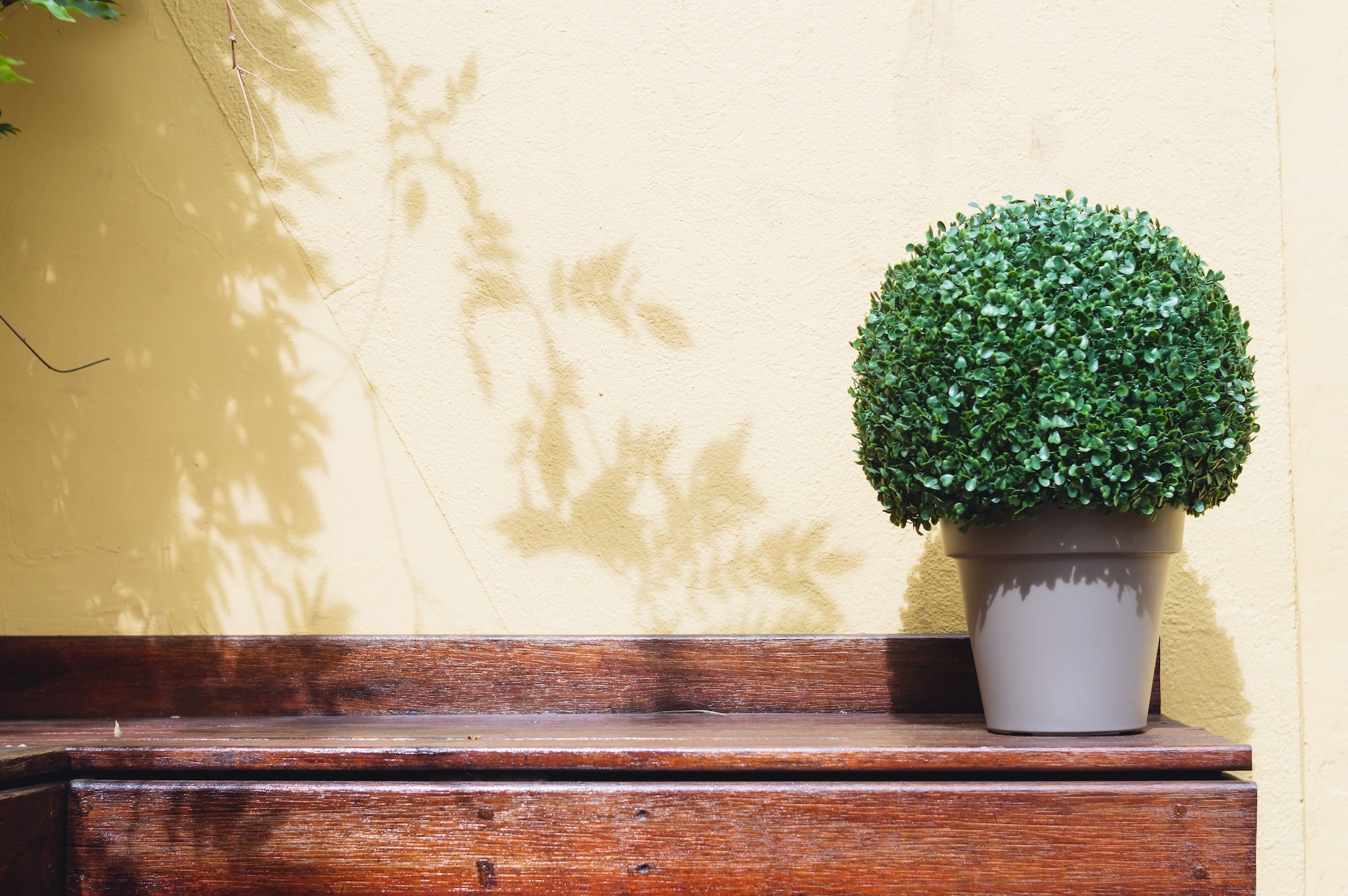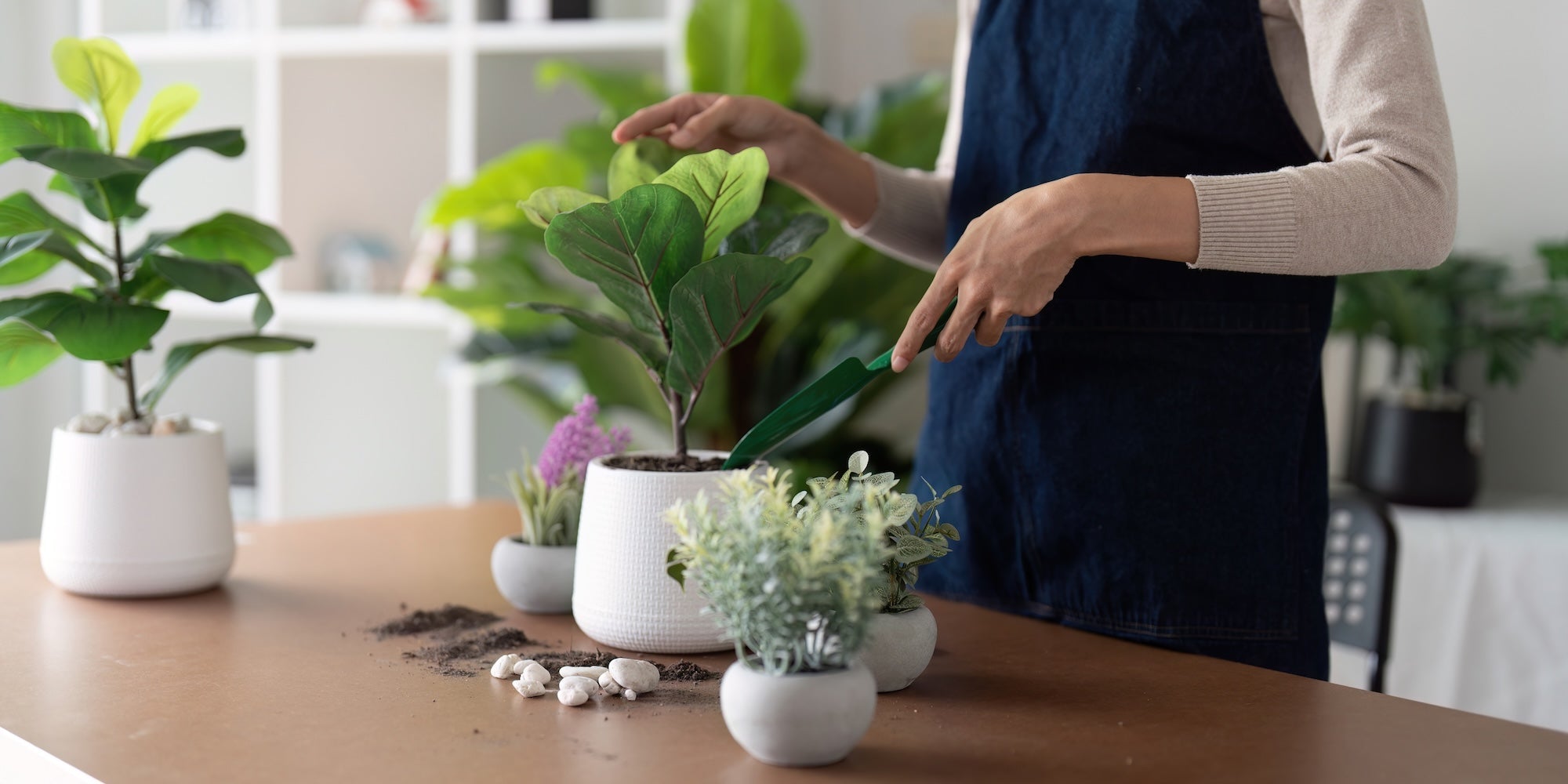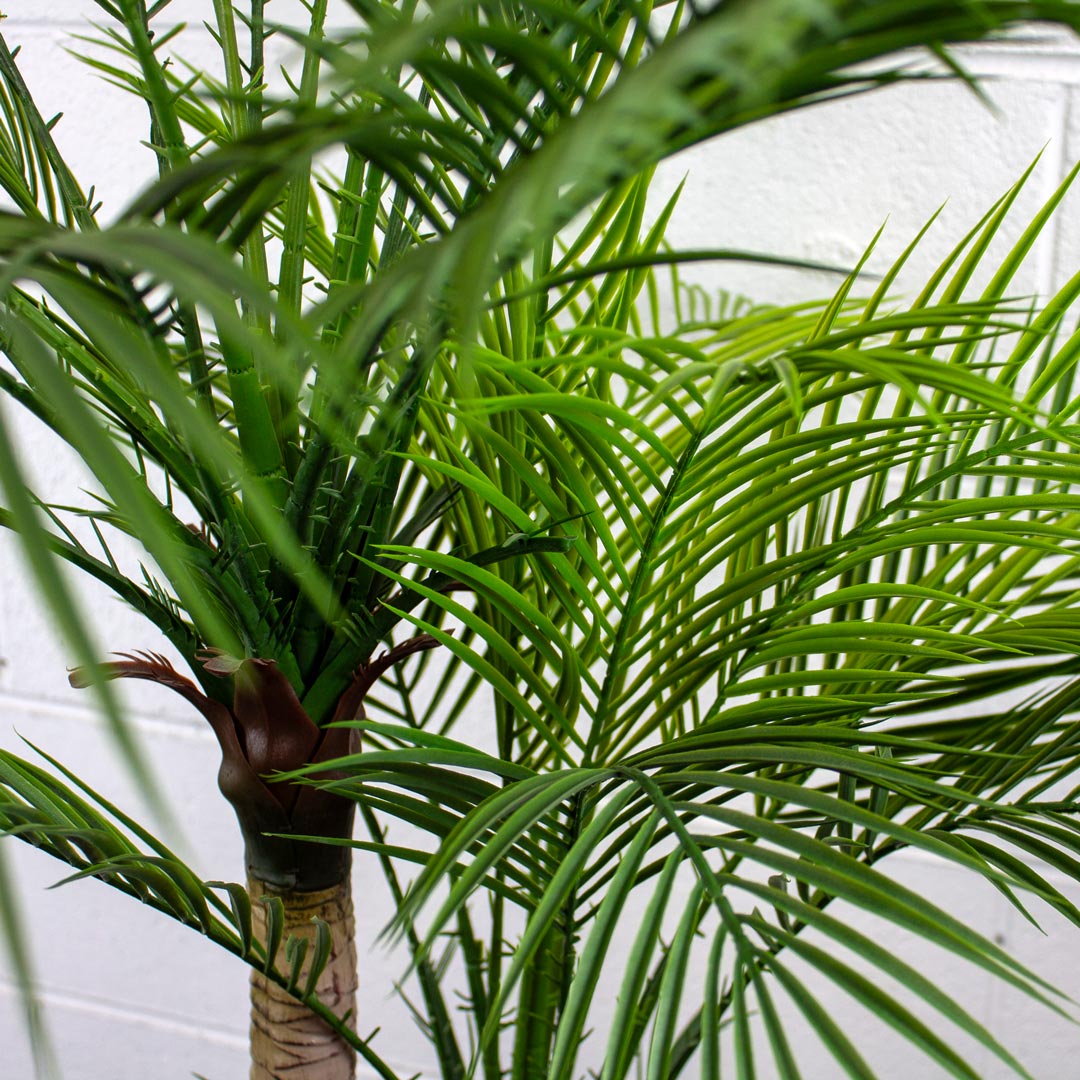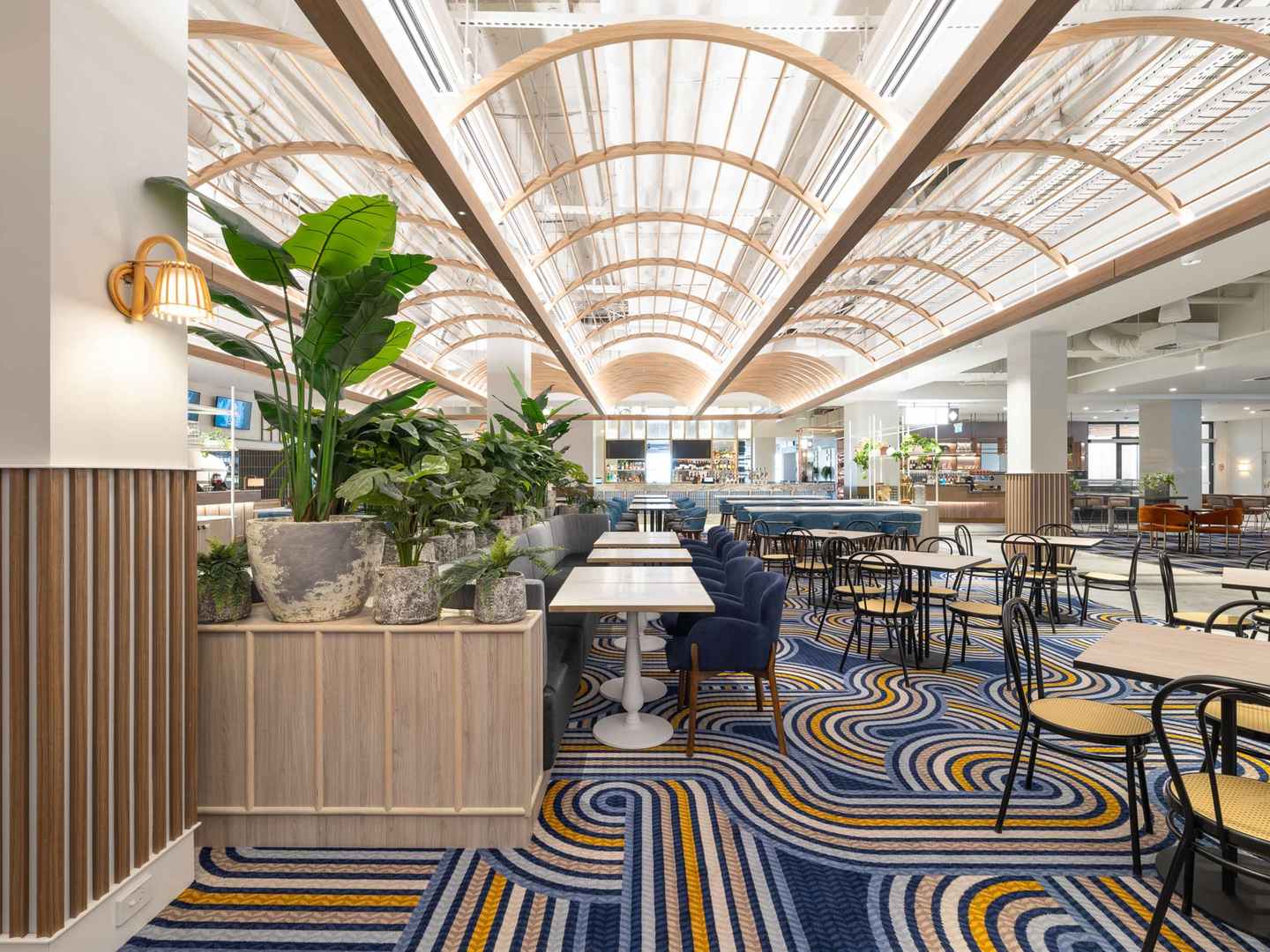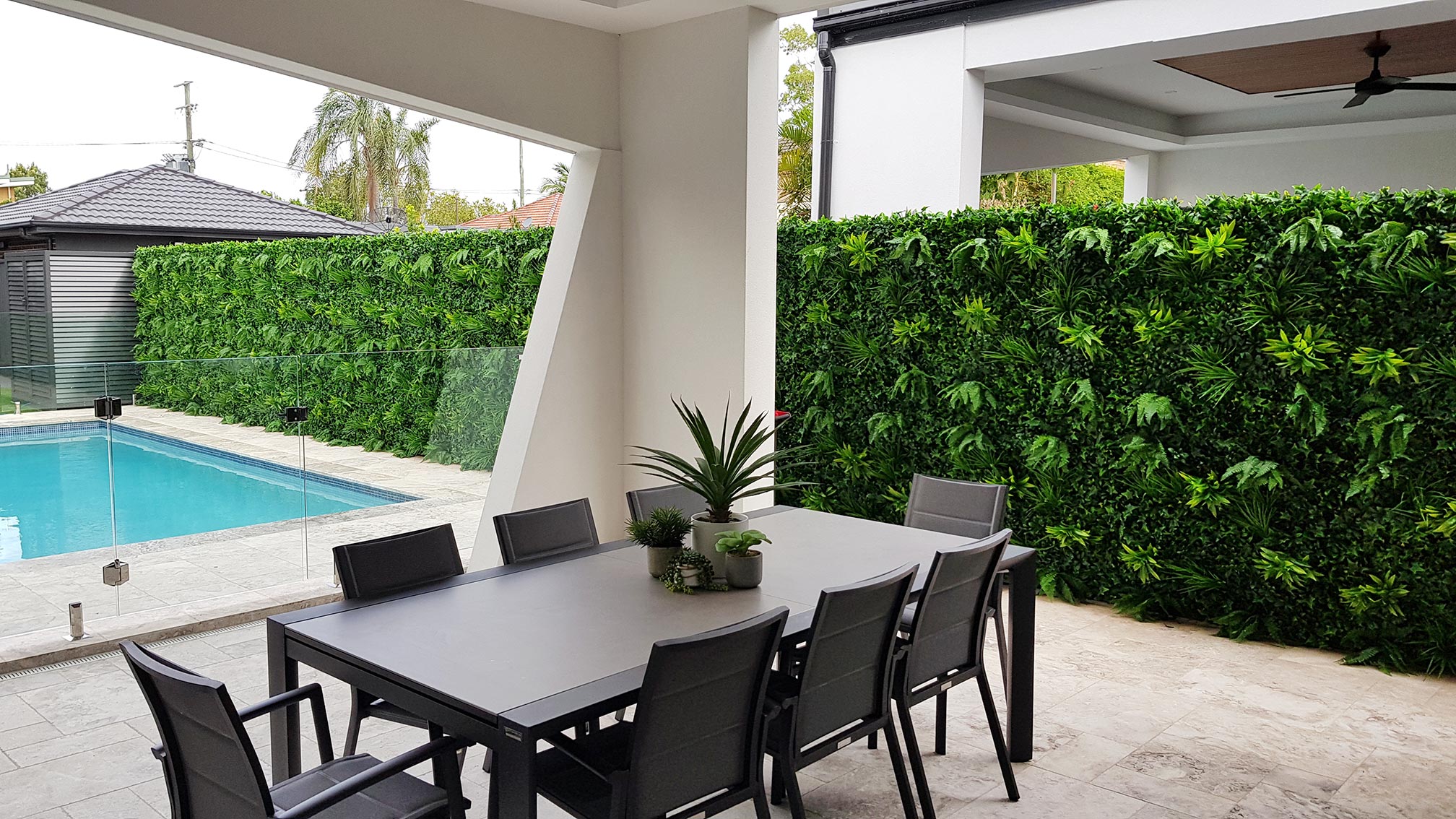The ultimate guide to maximising Commercial Fit-Out Depreciation Deductions for Australian Businesses
As a business owner in Australia, it's essential to know how you can maximize tax savings on your commercial fit-out expenses. One way to do this is by taking advantage of depreciation deductions, which can help you reduce your taxable income and ultimately save you money.
In this article, we'll explain what commercial fit-out depreciation deductions are and how you can make the most of them for your business.
What Are Commercial Fit-Out Depreciation Deductions?
Depreciation deductions are tax deductions that businesses can claim for the decline in value of their assets over time. For commercial fit-outs, this means that you can claim deductions for the wear and tear on items like carpets, furniture, air conditioning units, green walls, and lighting fixtures. This allows you to spread the cost of these items over their useful life, rather than having to write off the entire cost in one year.
Who Can Claim These Benefits?
The owner of the fit-out (the person or entity who paid for it, brand new or second-hand) is entitled to claim tax deductions for the depreciation of the fit-out under Division 43 (building) and Division 40 (plant and equipment) of the ATO legislation.
This means that even if you lease your premises, any building works you have done or any plant and equipment assets you have added are able to be claimed by you as capital works and depreciation when you do your business financials.
For example, if you install a new air conditioning unit as part of your commercial fit-out, you can claim depreciation deductions for the decline in the value of the unit over its effective life. The ATO provides guidelines on effective lives for different types of assets, which can help you determine how much you can claim each year.
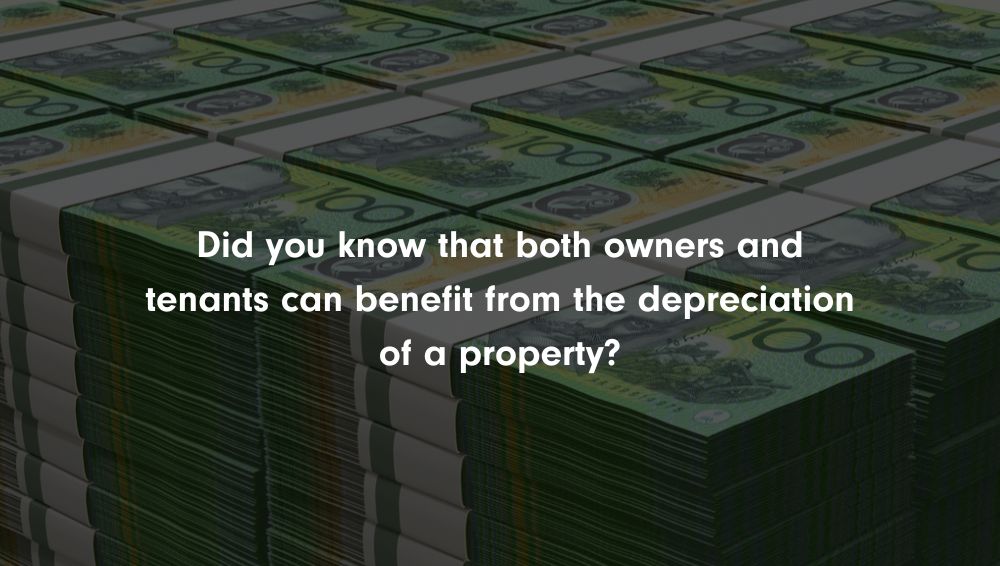
Owners can claim depreciation on the construction costs of the building, including fixtures and fittings. Tenants, on the other hand, can claim depreciation on the fit-out costs that they have incurred as part of their leasehold improvements. However, it's important to note that the depreciation claimed by tenants is limited to the period of their lease, while the depreciation claimed by owners can be spread over the effective life of the asset.
Maximising Your Commercial Fit-Out Depreciation Deductions
Now that you understand what commercial fit-out depreciation deductions are, let's discuss how you can maximise them for your business.
1. Complete fit-outs and upgrades well before tax time
It's important to plan your commercial fit-out or upgrade well in advance to avoid the rush and potential complications that come with last-minute installations. By starting the planning process early, you can ensure that your fit-out is completed before the end of the financial year, giving you ample time to claim any applicable depreciation deductions on your tax return.
By getting your project completed early, you can avoid the tax-time rush on installations and reduce the likelihood of poor planning. Consider using companies that offer complete fit-out solutions to streamline processes. In addition to this, consider using fire-safe artificial greenery solutions for your commercial space as they can offer significant tax benefits. Companies like Evergreen Walls offer national artificial greenery and hardware supply and installation services that can be completed before the end of the financial year and can offer significant tax benefits. Get in touch with Evergreen Walls at (02) 8197 3002 or via email at info@evergreenwalls.com.au to learn more about how their services can benefit your business.
.jpg) {{cta('daa159c0-6f26-42a0-bc44-466efea28bb1')}}
{{cta('daa159c0-6f26-42a0-bc44-466efea28bb1')}}
2. Keep Detailed Records
To claim depreciation deductions, you'll need to provide evidence of the assets you're claiming and their effective lives. This means keeping detailed records of your fit-out expenses, including invoices, receipts, and asset registers.
3. Use a Qualified Quantity Surveyor
A qualified quantity surveyor can help you identify all the assets associated with your commercial fit-out and their effective lives. They can also provide you with a tax depreciation schedule that outlines how much you can claim for each asset over time.
4. Claim All Eligible Assets
Make sure you claim all eligible assets associated with your commercial fit-out, including items like air conditioning units, lighting fixtures, carpets, artificial greenery, office furniture, and more. By claiming all eligible assets, you can maximize your depreciation deductions and reduce your taxable income.
If your commercial space includes artificial greenery or green walls, be sure to include them in your list of eligible assets when submitting your tax return. These items can be classified as plant and equipment and may qualify for depreciation deductions under the ATO's guidelines.
By claiming all eligible assets associated with your fit-out, you can maximize your depreciation deductions and potentially reduce your taxable income. Don't leave any assets off your claim, as every eligible item can contribute to reducing your tax liability and increasing your overall savings.
Eligible assets can include:
- Building structure and foundations
- Air conditioning and ventilation systems
- Lighting fixtures and electrical work
- Artificial greenery and landscaping features
- Carpets and flooring
- Furniture and fittings
- Built-in cabinetry and shelves
- Security systems and cameras
- Signage and branding elements
- Plumbing and bathroom fixtures
- Kitchen appliances and equipment
- Window treatments and blinds
- Structural modifications and demolition work
- IT and communication systems
- Painting and decorating
- Construction and installation costs
- Miscellaneous costs such as permits, fees, and professional fees.
5. Take Advantage of the Immediate Deduction for Small Business Assets
If your business has an aggregated turnover of less than $50 million, you may be eligible for an immediate deduction for small business assets, including artificial greenery and hardware. This means you can claim the full cost of eligible assets up to a certain threshold, which can help you reduce your taxable income in the year of purchase. Artificial greenery, green walls, and hardware are eligible assets that can be claimed under this scheme. This is a great opportunity to invest in high-quality, long-lasting artificial greenery solutions for your commercial space, while also maximizing your tax savings. Be sure to keep accurate records of your purchases and consult with a tax professional to ensure you are claiming all eligible assets.
6. Stay Up-to-Date with ATO Guidelines
Finally, it's essential to stay up-to-date with ATO guidelines and regulations regarding commercial fit-out depreciation deductions. By doing so, you can ensure you're claiming the right amount and not missing out on any potential savings.
In conclusion, by following these tips, you can maximise your commercial fit-out depreciation deductions and save your business money on taxes. Don't hesitate to consult with a qualified quantity surveyor or tax professional if you need further guidance.
Looking to upgrade your commercial space before tax time? Evergreen Walls offer artificial greenery and hardware supply and installation services that can be included in your tax deductions.
Get in touch with Evergreen Walls at (02) 8197 3002 or via email at info@evergreenwalls.com.au to learn more about how their services can benefit your business.
{{cta('daa159c0-6f26-42a0-bc44-466efea28bb1')}} {{cta('71659807-9a7e-4b61-a4ab-c57f106a4d41')}}
Evergreen Walls
www.evergreenwalls.com.au
48 Winbourne Road Brookvale, NSW 2100
